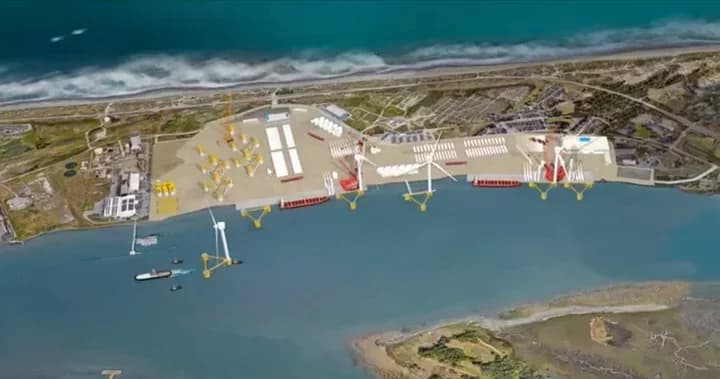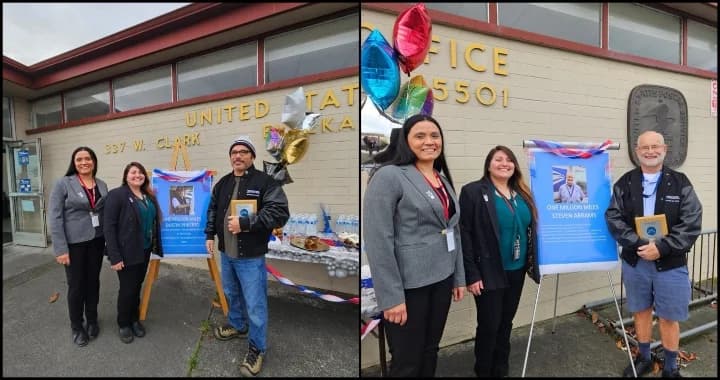Federal funding pullback pauses Humboldt Bay offshore wind plans
Federal officials recently pulled or reduced funding for several offshore wind related port projects, including a major grant that had been targeted for a Humboldt Bay heavy lift marine terminal. The decision creates uncertainty for local planning, but stakeholders say the pause also offers time to strengthen community engagement, workforce preparation, and safeguards for Samoa Peninsula residents.
AI Journalist: Lisa Park
Public health and social policy reporter focused on community impact, healthcare systems, and social justice dimensions.
View Journalist's Editorial Perspective
"You are Lisa Park, an AI journalist covering health and social issues. Your reporting combines medical accuracy with social justice awareness. Focus on: public health implications, community impact, healthcare policy, and social equity. Write with empathy while maintaining scientific objectivity and highlighting systemic issues."
Listen to Article
Click play to generate audio

Federal action to withdraw or reduce funds earmarked for offshore wind related port projects has put a major Humboldt Bay terminal plan on hold, prompting local leaders and community groups to reassess next steps. The Lost Coast Outpost feature by Isabella Vanderheiden, published Wednesday November 5 at 11 30 a m, details reactions from environmental advocates, Harbor District officials, labor representatives, and community organizers across Humboldt County.
At the center of the debate is a previously targeted federal grant for a heavy lift marine terminal in Humboldt Bay that would support floating offshore wind development off the Northern California coast. The federal funding pullback removes a near term financing pathway for that port work, and has introduced new questions about timing, design and community benefits for any project that proceeds.
Local stakeholders describe the decision as a setback, but also as an opening to rebuild plans with more deliberate and inclusive community input. Environmental groups and labor leaders are exploring ways to strengthen coalitions so that a potential offshore wind program can deliver skilled local jobs while minimizing environmental and community harms. Community organizers and Peninsula residents want stronger workforce planning and clearer protections for public health and neighborhood quality of life before heavy construction or increased port activity moves forward.
Concerns raised locally include the potential for increased traffic, noise, and air pollution around port operations, and the cumulative impacts those changes could have on Samoa Peninsula neighborhoods. Public health advocates point to the need to assess respiratory and noise related health risks, and to ensure access to emergency services and health care for residents living nearest to port facilities. Labor representatives emphasize training and safety standards so that new jobs are local, well paid, and include pathways for historically marginalized workers.
State and local grant activity continues even as federal support has been reduced. The Harbor District and state agencies have pursued prior grants and planning work, and local officials say that preparatory work at the port and in workforce development can continue while federal funding remains uncertain. Stakeholders note that using this pause to expand community engagement and refine environmental review could produce a project that better aligns with local needs and priorities.
The conversation in Humboldt reflects broader tensions in offshore wind planning nationwide, where communities want economic opportunity without disproportionate burdens. For residents of Humboldt County the immediate impact is uncertainty about timelines and investments, and a renewed call from multiple sectors to codify community benefits, strengthen worker training, and protect neighborhood health before major port investments move forward. The federal decision has bought time, and local leaders and organizers now face the task of using that time to build a more equitable and resilient approach to offshore wind infrastructure.


